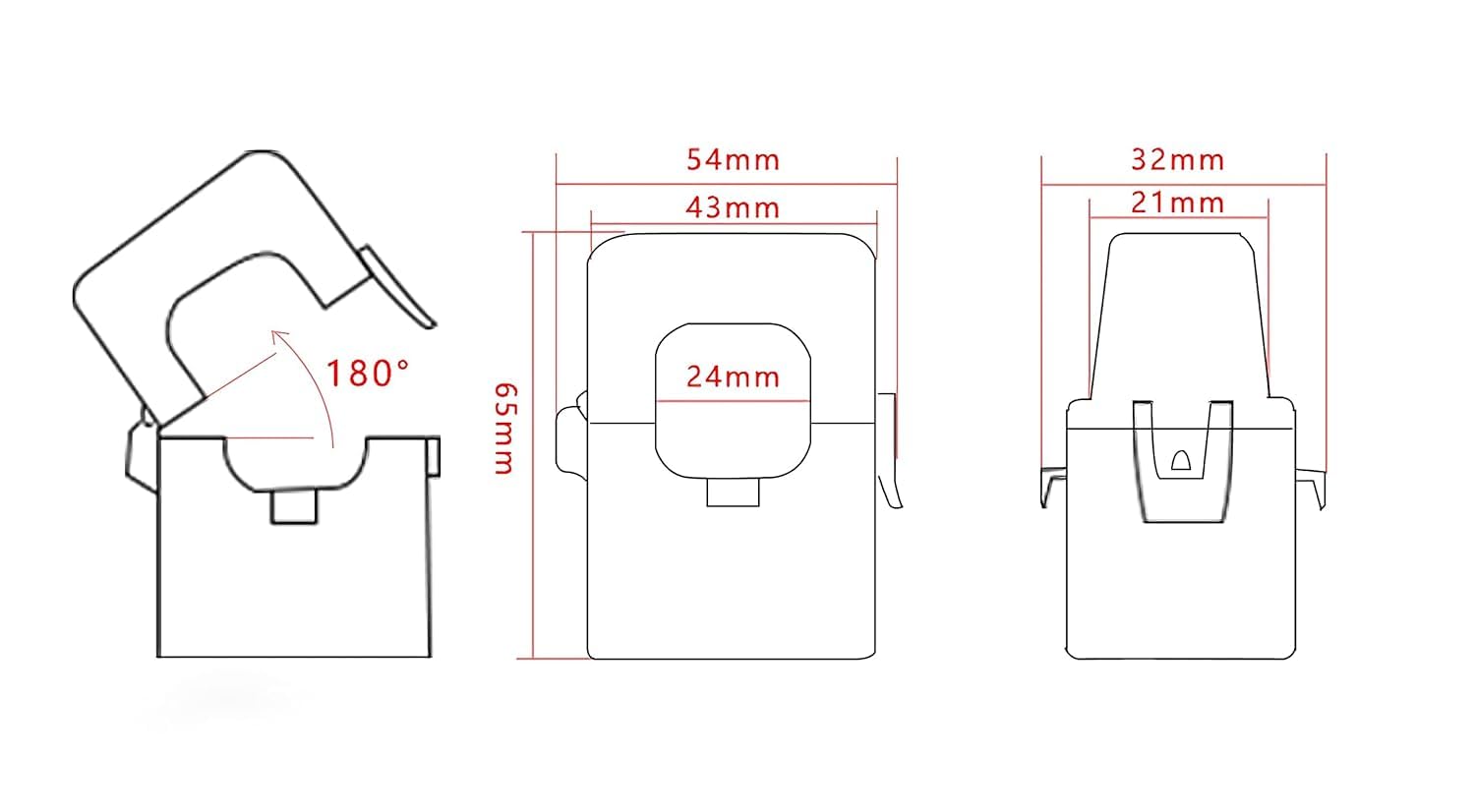Customer Services
Copyright © 2025 Desertcart Holdings Limited
Desert Online General Trading LLC
Dubai, United Arab Emirates









🔌 Power Up Your Monitoring Game!
The AC Current Sensor Transformer is a compact and efficient solution for energy monitoring, featuring a 50A capacity, a 24mm inner diameter, and a 0.5 accuracy rating. Its snap joint structure and robust design make it ideal for both AC 220V and 380V applications, ensuring reliability and ease of installation.








Trustpilot
3 weeks ago
3 days ago
2 days ago
2 weeks ago